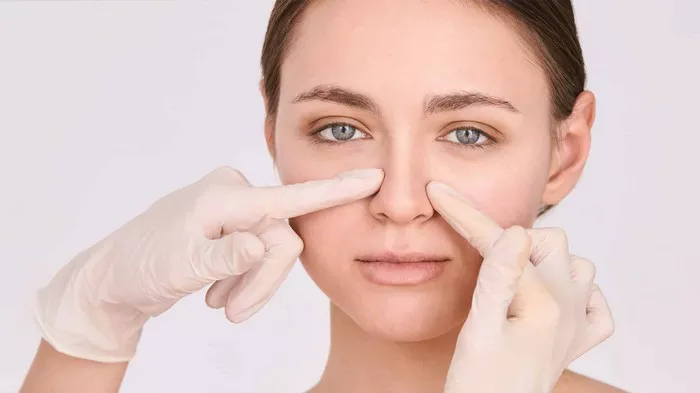Rhinoplasty, also known as nose reshaping surgery, is a popular cosmetic procedure that can improve the appearance and function of the nose. While the procedure is generally safe, there is a risk of infection after rhinoplasty, which can cause discomfort, delay healing, and even lead to serious complications. In this article, we will explore the causes of infection after rhinoplasty, the symptoms to watch for, and how to prevent and treat infections.
Causes of Infection After Rhinoplasty
Infection after rhinoplasty can be caused by a variety of factors, including:
Bacteria: The most common cause of infection after rhinoplasty is bacteria. Bacteria can enter the body during the surgery or through the incision site after the surgery. The most common types of bacteria that cause infection after rhinoplasty include Staphylococcus aureus and Streptococcus pyogenes.
Poor Hygiene: Poor hygiene can also increase the risk of infection after rhinoplasty. If the surgical site is not kept clean, bacteria can accumulate and cause an infection. It is important to follow the post-operative care instructions provided by your surgeon and keep the surgical site clean and dry.
Smoking: Smoking can also increase the risk of infection after rhinoplasty. Smoking can impair the body’s immune system, making it more difficult for the body to fight off infection. It can also delay healing and increase the risk of complications.
Medical Conditions: Certain medical conditions, such as diabetes, can increase the risk of infection after rhinoplasty. These conditions can impair the body’s immune system and make it more difficult for the body to fight off infection.
Symptoms of Infection After Rhinoplasty
The symptoms of infection after rhinoplasty can vary depending on the severity of the infection. Some common symptoms include:
Redness and Swelling: Redness and swelling around the surgical site are common symptoms of infection after rhinoplasty. The area may also feel warm to the touch.
Pain: Pain around the surgical site is another common symptom of infection after rhinoplasty. The pain may be mild or severe and may be accompanied by tenderness and discomfort.
Fever: A fever is a sign that the body is fighting off an infection. If you have a fever after rhinoplasty, it is important to contact your surgeon immediately.
Drainage: Drainage from the surgical site is another common symptom of infection after rhinoplasty. The drainage may be clear or yellowish and may have a foul odor.
Preventing Infection After Rhinoplasty
Preventing infection after rhinoplasty is important for a successful recovery. Here are some tips to help prevent infection:
Follow Post-Operative Care Instructions: It is important to follow the post-operative care instructions provided by your surgeon. This includes keeping the surgical site clean and dry, taking any prescribed medications as directed, and attending all follow-up appointments.
Practice Good Hygiene: Practicing good hygiene is important to prevent infection after rhinoplasty. This includes washing your hands frequently, keeping the surgical site clean and dry, and avoiding touching your face.
Avoid Smoking: If you smoke, it is important to quit before and after rhinoplasty. Smoking can impair the body’s immune system, delay healing, and increase the risk of infection.
Maintain a Healthy Lifestyle: Maintaining a healthy lifestyle can also help prevent infection after rhinoplasty. This includes eating a balanced diet, getting enough rest, and staying hydrated.
Treating Infection After Rhinoplasty
If you suspect that you have an infection after rhinoplasty, it is important to contact your surgeon immediately. Your surgeon may prescribe antibiotics to treat the infection and may recommend additional treatment, such as draining any fluid that has accumulated around the surgical site. In some cases, additional surgery may be necessary to remove infected tissue and prevent the infection from spreading.
Conclusion
Infection after rhinoplasty is a potential complication of the surgery. It can be caused by a variety of factors, including bacteria, poor hygiene, smoking, and medical conditions. The symptoms of infection can vary, but may include redness, swelling, pain, fever, and drainage. Preventing infection is important for a successful recovery and involves following post-operative care instructions, practicing good hygiene, avoiding smoking, and maintaining a healthy lifestyle. If you suspect that you have an infection after rhinoplasty, it is important to contact your surgeon immediately for treatment.

